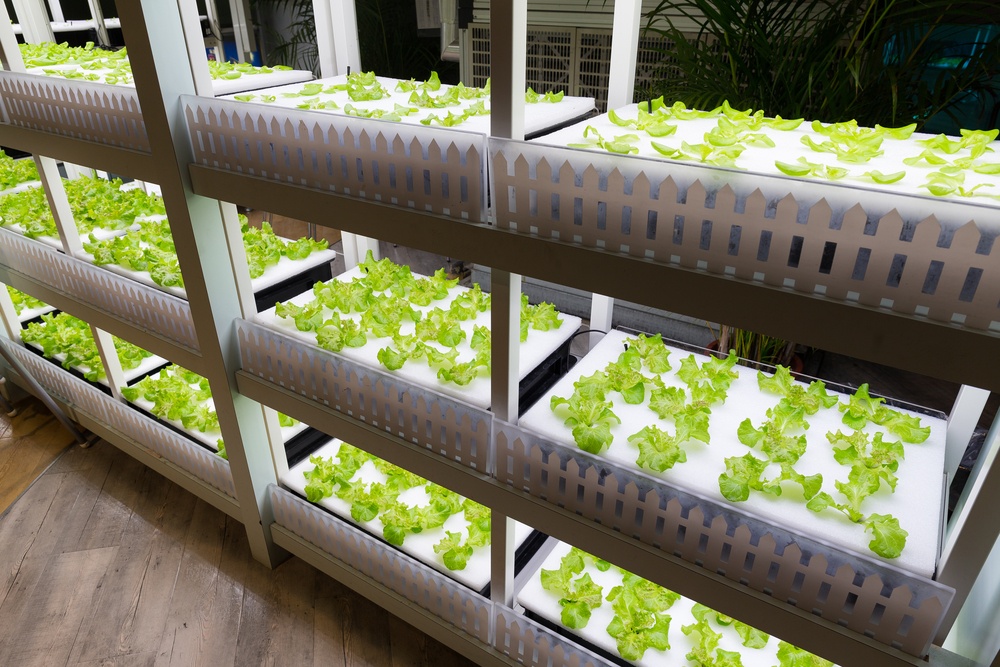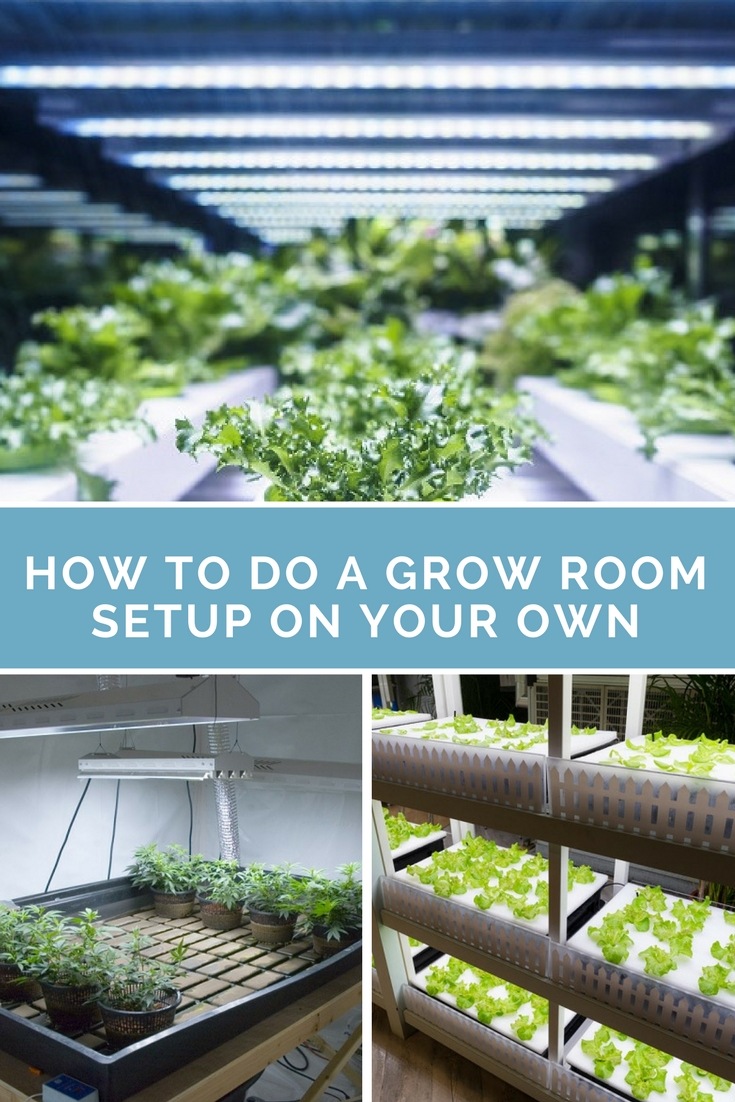Have you ever wanted to grow plants even if you didn’t have any space outside for a garden? You want to get organic fresh fruits and vegetables but afraid of those available in the market. How about having an indoor garden? It sounds interesting, right? But what do you have to do first? Well, you would need to establish a grow room inside your house.
Now, having your own grow room will take time due to extensive planning. Still, this is better than making unwise decisions that could hamper plant growth in the long run. Here, we’ll guide you to making the best grow room setup for your indoor garden.
Choose A Growing Method
The first thing you need to do is to determine the growing method. You can utilize either a hydroponic soil system or a soil system. You don’t have to use any soil to grow your plants, so you wouldn’t have to worry about buying any quality soil. Besides, a hydroponic system requires less space than a soil system. Therefore, there will be more room to conveniently place the fans and the lights.
However, developing your own hydroponics system can be expensive. You would need a bigger budget for it than a soil system, and it is more labor intensive. In addition, operation and maintenance costs tend to be high. So if you prefer this growing method, you should at least practice efficiency in using water, fertilizer, and pest control products.

On the other hand, a soil system is a more affordable choice. Since you are going to use soil, both the plants and their root systems have a stable place to grow in. Moreover, soil helps in retaining and providing nutrients for the plants.
Then again, a soil system can be problematic if you overwater. It’s a common problem for people who are new to having a grow room. Due to the unfamiliarity of indoor gardening, they pay too much attention to the plants.
Since they want their plants to have an optimum growth rate, they water them more than necessary. However, this practice can backfire as the soaked soil begins to lose oxygen. Without enough oxygen to use, the root system of the plants will slowly perish.
One good solution against overwatering the soil is to have some forms of water runoff. This will allow excess water to immediately go elsewhere. In turn, the soil can be relatively dry and let the root systems receive sufficient air.
Determine The Space

Another important factor to consider is the size of your grow room. How many plants do you want to have? Likewise, what kind of plants will you be growing? If you will be growing small plants, you can likely fit around 20 of them for every square meter.
For medium-sized plants, you can fit 10 of them per square meter. If you want to grow large plants in your grow room, you should expect to have only four of them per square meter.
Plan The Ventilation
Since you will be growing plants inside a controlled environment, you have to find a way to provide the correct amount of air circulation. One way to provide sufficient ventilation is by using oscillating fans. Despite being cheap, these perform well in maintaining a cool room temperature and moderating the humidity.
Likewise, these fans aren’t difficult to carry around. If you change your grow room setup, you can quickly move the oscillating fans too. However, you must remember not to put them directly in front of the plants. Too much exposure to a cool breeze can lead to wind burns and dry out some parts of your plants.
Still, your grow room would be much better off if you also took advantage of an air extractor fan system. What this basically does is to release fresh air while taking away old air. Plants need fresh air to grow, so the air extractor fan system should at least provide fresh air every three minutes or so. If possible, old air should be replaced every minute.
Add The Lights
Aside from ventilation, your grow room would also need a light source that can simulate what the sun has to offer. Sadly, fluorescent and incandescent light bulbs are incapable of providing a decent light range. Instead, you should be getting LED light bulbs. If these are not available, you can get high-intensity discharge (HID) light bulbs.
Other lighting options you can try include metal halide light bulbs and high-pressure sodium (HPS) light bulbs. Together, they provide a wide spectrum covering both the blue and red ranges of the light spectrum. Plants need the blue range to grow their leaves while the red range helps them bloom.
If you are unsure of how to set up all the electrical wires not only for your lights but also for the ventilation and other electrical products, you should definitely hire someone else to do it.
Here’s a video discussing lights:
On a related note, we suggest that you completely block windows and other areas of the grow room that can show ambient light. You will also need to replicate night time, so any light isn’t good for keeping the plants’ reproductive cycle in check.
Plan The Walls And Floors
Finally, your grow room must have the correct surfaces to speed up plant growth. Your indoor garden system won’t have a direct exposure to sunlight, so you should at least have reflective walls. This will amplify the amount of light that the plant receives. You can paint your grow room white since this color significantly reflects light. Just to be sure, you should look at the light reflectance value (LRV) rating of the paint before you buy it.

As for flooring, you should not use materials that retain moisture since you do not want fungus to thrive. Instead, go for linoleum, tile, or concrete. You can even use cork floors for the grow room surface since it is fire-resistant and fungi-resistant.
Overall, having an indoor garden or farm is not as simple as it seems. However, such a system gives you full control of how you grow your plants. Just pay attention to the ventilation, lighting, and the materials you will use for the floors and walls.
We hope that this guide helped you in building your own grow room. If you have any questions, do give us a comment.
Pin It!


